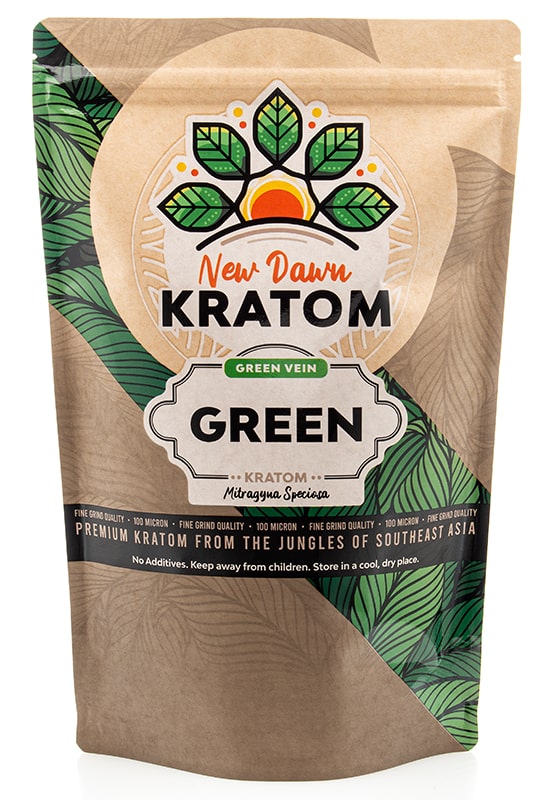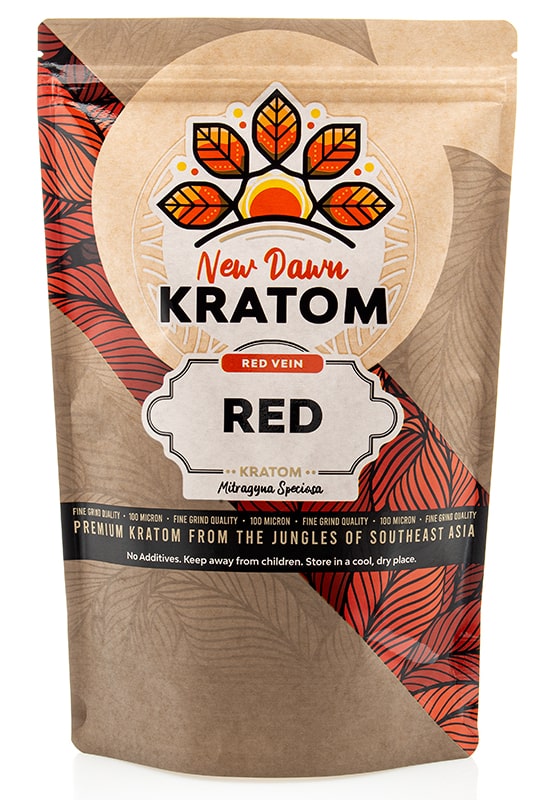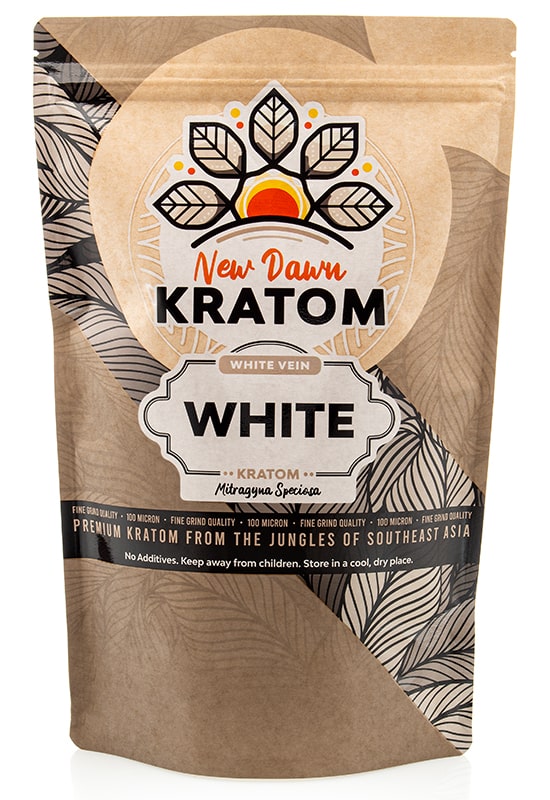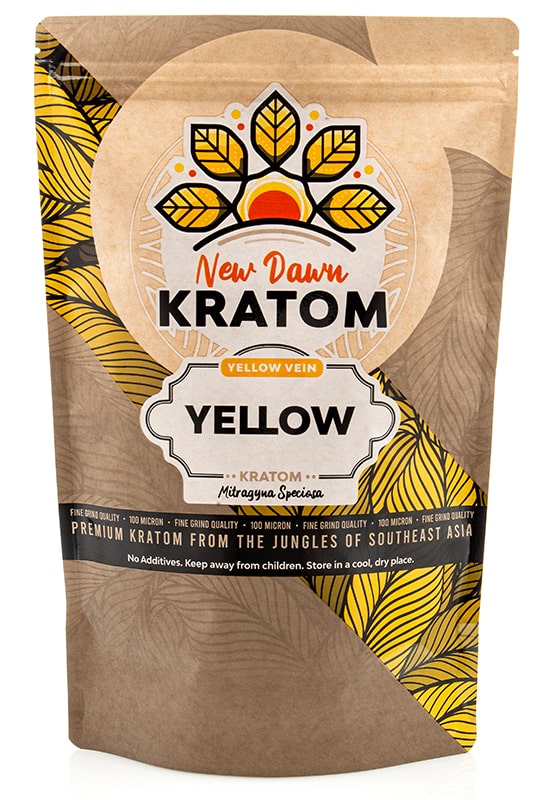Kratom: Overview, Effects, Price & More
Kratom has been around for thousands of years. It’s been used for healing, recreation, spiritual, social, and ritual uses for at least hundreds of years in Southeast Asia (its native soil).
With kratom being introduced as a new herbal experience and substance in the Western world, many newcomers to the plant are curious: what is kratom? What are its effects and safety? Is it legal? Expensive to use? Learn all of that here and more.
What is kratom?
Kratom is an herb harvested and used from the kratom tree (Mitragyna speciosa). In some parts of the world, it is considered a substance like alcohol or coffee, according to the National Institute on Drug Abuse.
Kratom is closely related to the coffee plant, with the kratom tree being from the same taxonomic family. It shares similar stimulant effects to coffee but does not contain any caffeine. Depending on the dose or strain, it can also have relaxing and mood-boosting effects.
People who use kratom may consume raw powder with a drink, take it as a supplement, take it as an extract, brew it into tea, or use many other kratom products to experience its effects.

What is kratom used for?
Kratom is a plant principally used for recreation and enjoyment, not unlike coffee, cannabis, or kava tea.
Like its close relative coffee, kratom is high in plant alkaloids that affect the brain and neurotransmitters: compounds like mitragynine, 7-hydroxy mitragynine, and others. Research has found these have a subtle effect on the body and brain chemistry, while the full scope of their health impacts and long-term safety (as well as short-term safety) are still uncertain and being scientifically explored.
Potential effects and benefits of kratom:
- Promoting calmness and relaxation
- Boosting mood and sense of well-being
- Supporting better sleep
- Improving mental focus and clarity
- Increasing energy levels (stimulant)
The legal status of kratom
The legal status of kratom varies worldwide, from country to country and even state to state (such as in the United States). The general trend is that liberal and left-leaning countries (like the Netherlands) tolerate kratom.
However, in right-leaning or dictatorship countries (such as Russia), kratom— or kratom compounds— may be considered illegal to sell or even bring into the country. Remember that this is not a hard-and-fast rule, and look up the legal status of kratom in any country you live in or plan to travel to.
Visit Kratom Science to get a complete list of kratom legality worldwide.

Types of kratom strains
The effects and experiences one can have with kratom come down to the kratom types or strains available on the market. Different types of kratom come with distinct reputations, alkaloid content, effects, prices, and more, depending on which strain you use.
Kratom strains may be categorized by type names relating to their country of origin (such as Malay, Indo, or Bali from Malaysia, Indonesia, or Bali, respectively). More commonly, kratom types are defined by their leaf vein color: red vein, white vein, green vein, and sometimes yellow vein varieties.
- Red vein kratom. The leaves of this kratom are at full maturity and have a red vein when picked. This type is high in the alkaloid mitragynine and known to be more mellow, balancing with focus- and mood-boosting effects.
- Green vein kratom. These kratom leaves are a little less mature than red vein kratom, with a green vein when picked. Green vein kratom is also more balanced with more calming and mood-boosting properties.
- White vein kratom. These are the least mature picked
- Yellow vein kratom. A less common kratom strain category, yellow vein kratom is green vein kratom that goes through a drying process. It’s thought to combine red and green in its effects.
Kratom safety
Since kratom’s explosion into popularity in the Western world, some questions have been raised about kratom safety.
Kratom can also have some side effects. Contaminated and adulterated kratom products have also become a concern.
What the FDA says
The United States Food and Drug Administration (FDA) encourages consumers not to use kratom due to reports of its addictive and tolerance-building nature. Kratom is regarded as a “drug of concern.”
The agency is still in the process of reviewing the full scope of kratom’s safety issues.
What the NIH says
The U.S. National Institutes of Health (NIH) references the FDA’s guidelines around kratom. They also mention that official scientific research on kratom, its long-term effects, side effects, and overall safety are still very much in the early stages.
What Mayo Clinic says
The Mayo Clinic outlines that kratom is an unsafe and ineffective herb for its advertised uses and that the potential hazards outweigh the benefits. The potential contamination of kratom products with pathogens, heavy metals, and other harmful substances is also a noted concern.
Potential side effects of kratom
What is kratom in terms of its side effects and safety profile? According to the Cleveland Clinic, even though kratom has been consumed as a safe herbal tea for hundreds of years, the fact it is labeled “natural” does not mean that it is 100% safe—which is the case with many natural herbal remedies and supplements.
Like many other natural remedies, kratom can have side effects (primarily if not used safely or with caution). These can include:
- Digestive disturbance
- Nausea and vomiting
- Extreme drowsiness
- Irritability or mood changes
- Oral dryness or numbness
- Increased urination or constipation
- Itchiness or discomfort
- (Rare) Delusions or hallucinations
The average price of kratom
With kratom use building up a following and fanbase, refined products and high-quality strains have already been developed that fetch higher prices. You could say there is already a “connoisseur” culture around the herb.
On average, most kratom purchased can be as low as about $30 for 250 grams (powder or capsules) and upwards of $250 for 1000 capsules, especially if you source from a local connoisseur kratom shop in the United States. That said, there are many price ranges and categories in between.
Explore our guide for different types and price ranges of kratom and products.
Research on kratom
What is the latest research on kratom safety? Kratom producers, vendors, and consumers pay close attention to the latest studies on kratom as the body of science on kratom is still young (compared to hundreds of years of traditional knowledge on the use of the herb).
A 2022 systematic review in the Human Psychopharmacology journal concluded that while still more studies are needed on kratom, the therapeutic potential and safety are very positive and encouraging. Another study in 2020 through PubMed indicated kratom has incredible possibilities in the medical world, with help from more research.
However, a 2021 report emphasized the high risks of dependency and abuse with kratom and the need for more oversight and regulation of the herb.
Frequently Asked Questions (Kratom FAQ)
How does kratom work?
Kratom products contain naturally occurring plant alkaloids that affect the human nervous system, brain, and receptors. These can influence the mind and body in terms of mood, focus, cognition, energy, relaxation, and many other areas.
How to use kratom?
The herb kratom can be used in many ways: as a tea, supplement, liquid extract, or eaten as powder chased with food or drink. Some companies manufacture smokable kratom, vape juice, kratom gum, and gummies.
How long do kratom effects last?
This depends on the strain of kratom you use. It is also dose-dependent.
Generally speaking, most types or forms of kratom will have effects that last for at least 3 hours and then gradually fade. However, some strains (like Bali strains) provide longer-lasting effects, around 8-10 hours. Kratom stays in your system for about 24 hours.
Is kratom harmful to the liver?
According to PubMed studies, liver injury from excessive kratom use can happen but is rare and is most likely due to severe abuse, overuse, high chronic use, or overdose. However, many natural remedies, herbs, and pharmaceutical drugs can cause liver injury when overused or misused.
Research shows most who have experienced rare liver injury from kratom have recovered, and there are no instances of fatality.
Does kratom show up on a drug test?
Typical drug tests cannot detect kratom, including the 5-panel drug test. However, it can show up in a blood or urine test. Some of the alkaloids in the plant are detectable in these instances.
Kratom-specific tests have been developed to test for kratom presence in the body (such as the 10-panel kratom test), but these are not yet common. Since kratom use is legal in (most of the) United States and many other places, drug testing from kratom is not undertaken nor commonplace as there is not often a need for it.
How do you quit kratom?
Like coffee, kratom can build up a tolerance. There can be some symptoms of withdrawal once you stop using it abruptly.
Slowly tapering off the use of kratom over time can help wean you if you have built up a high tolerance or dependence on it. There are also many treatments, recovery, and detox options for kratom dependence.
The Bottom Line
Kratom has been used for hundreds of years. However, research on proper use in a modern context is still fresh and needs more exploration.
While science shows much potential for both therapeutic use and enjoyment, more studies and public education should be available on safe use, dependence, and resources.







